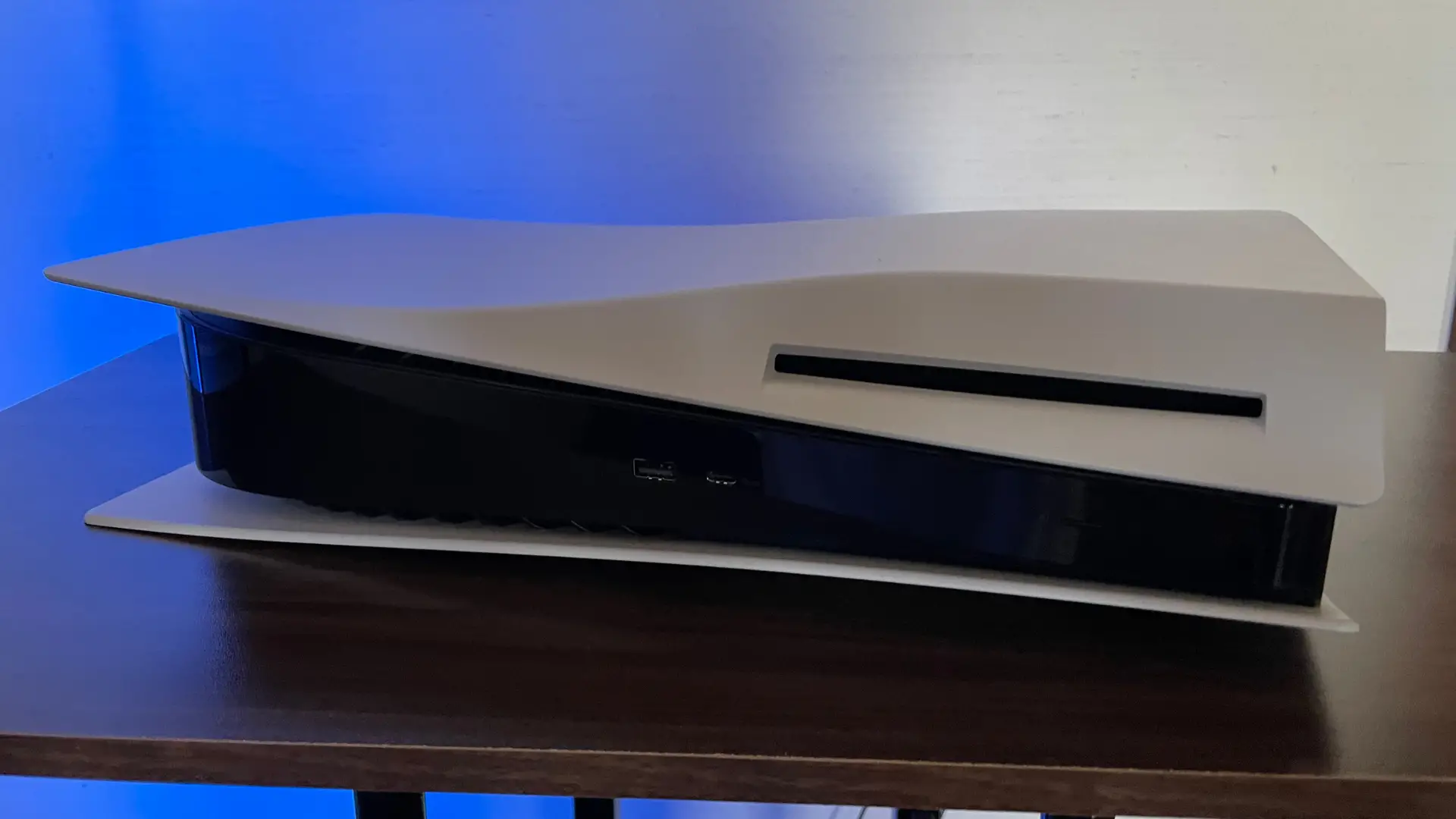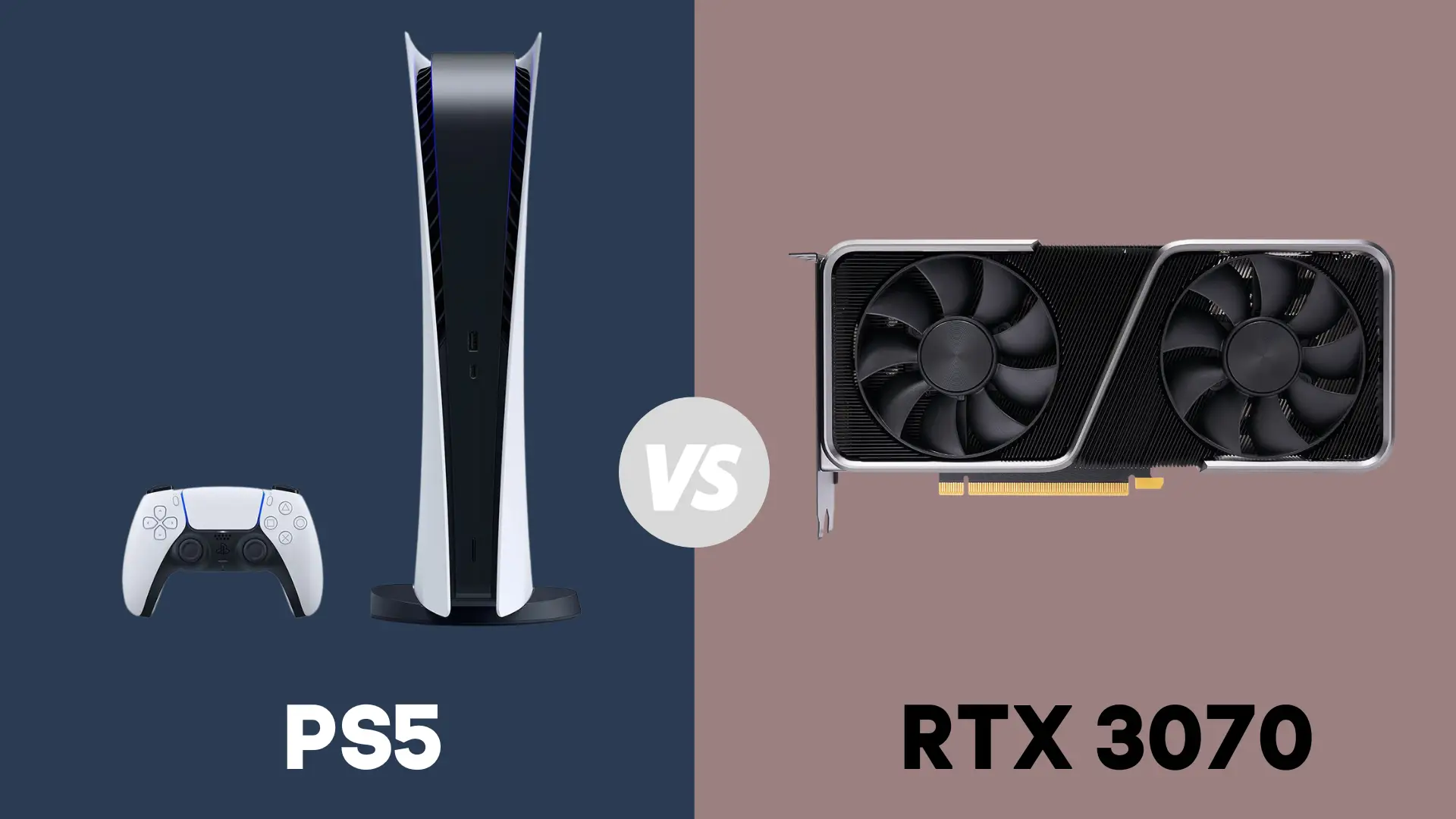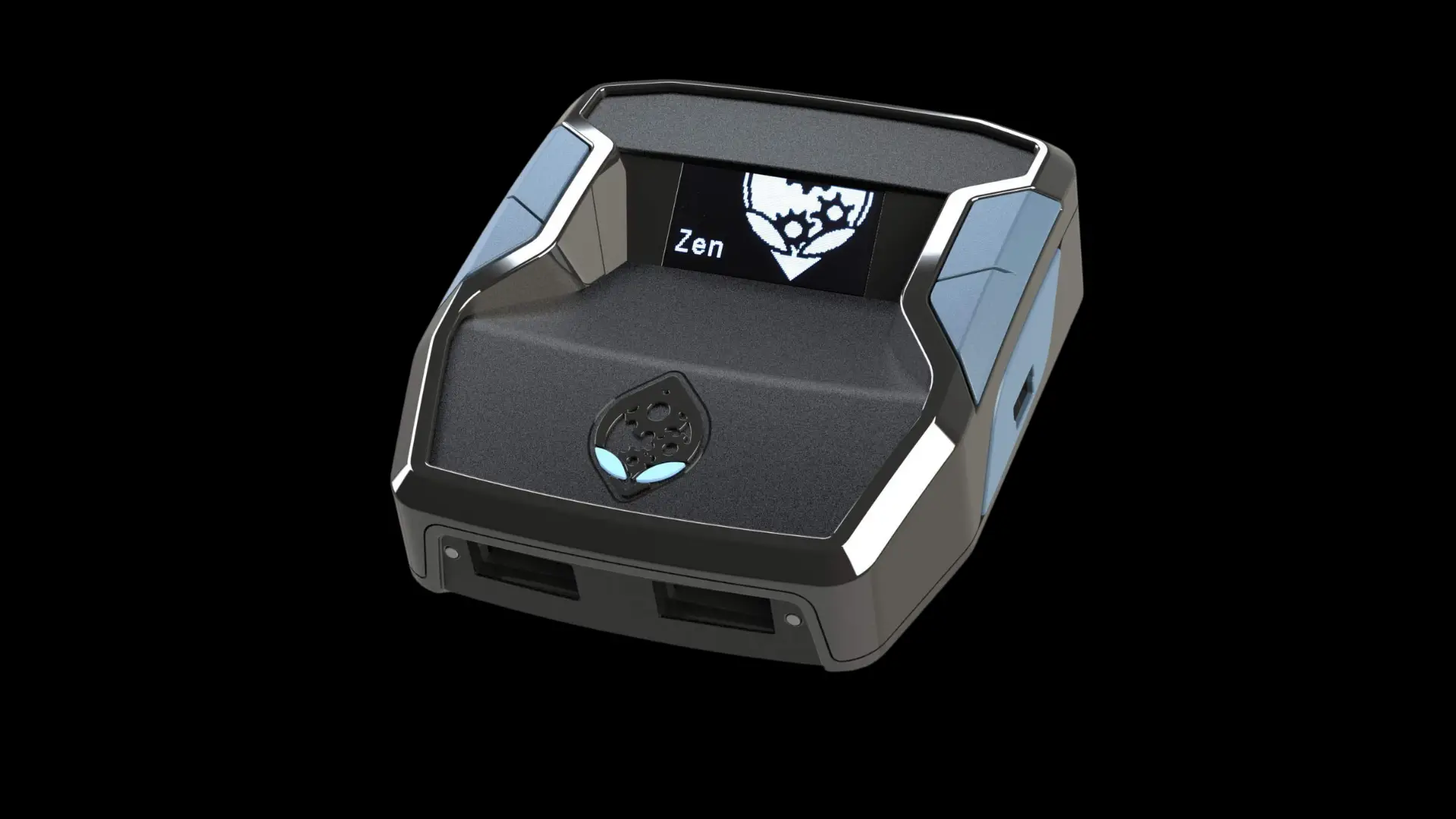Can You Watch 4K On A 1080p Monitor?

Monitor resolutions describe the number of pixels that a monitor can display. A 1080p monitor refers to a monitor with the highest resolution of 1,920 x 1080 in total. A 4K monitor refers to a monitor that has the highest resolution of nearly 4,000 pixels — 3,840 x 2,160. So, while you can watch 4K on a 1080p monitor, it’s not going to be of the same quality.
Let’s take a look at what different monitor resolutions effectively mean and how you can improve the appearance of your videos.
What Are 1080p and 4K Monitors?
Monitor resolutions are described in terms of how many pixels are across the length and the height of the screen.
With a 1080p monitor, there will be 1,920 columns of pixels across the bottom and rows of 1,080 pixels up and down. With a 4K monitor, there will be 3,840 columns of pixels across the bottom and rows of 2,160 pixels up and down. You can already see that a 4K monitor has a lot more pixels than a 1080p monitor.
What’s confusing is that media has a resolution as well. You’ve probably played a game that is at 800 x 600 resolution; it will appear very small on a 1080p monitor and extraordinarily small on a 4K monitor. You can change a game’s resolution. You could even make a game have 4K resolution on a 1080p monitor. But this would have a limited visual impact.
What’s the Difference Between Monitor Resolution and Monitor Size?
A bigger monitor doesn’t necessarily mean a bigger resolution, because the pixels also have different sizes. And that’s something important. A 1080p monitor that is 22″ in size will appear to be a higher resolution than a 1080p monitor that’s 24″ in size. And a 1080p monitor that’s 27″ or more might actually look bad — because even though the resolution is high, the pixels are large.
4K monitors will tend to be physically larger than 1080p monitors. But you should keep in mind what the physical size does to the device, too.
Can You Run 4K on a 1080p Monitor?
You can run 4K videos on a 1080p monitor, but you’re only going to see 1080p. The video is going to be scaled down to the size of your monitor because your monitor simply doesn’t have the appropriate pixels available.
That doesn’t mean that 4K videos might not look “better.” Many people have noticed that 4K videos look better on their 1080p monitors, and this has led them to believe that they’re still seeing “4K.”
This is because the technology used to shoot 4K videos is often superior in a few ways. It can shoot video with brighter colors, deeper blacks, and generally better lighting. So, the 4K video can look better even if only 1080p x 920 pixels are actually being seen.
What Are the Benefits of 4K?
4K approaches natural human vision, so 4K monitors can show you videos and graphics that are almost as detailed as real life. If you had a high-definition 4K monitor next to a window of the same size, the 4K video could trick you into thinking that it was real life — although it may not be as convincing as 8K.
So, the major benefit to 4K is just that it looks better. A 4K monitor is going to seem more realistic and life-like when watching videos and playing games. The pixels should essentially be unnoticeable, given the right media.
Do You Need a 4K Monitor?
It should be noted that 4K does start to approach the limits of natural human vision. Once people get beyond 8K, it’s really not possible to distinguish more pixels — and it becomes prohibitively difficult to run media that have that many pixels. Most media has elements of compression, blurring, and anti-aliasing regardless so that it isn’t changing all the pixels in a video every single time, but just the ones that have changed dramatically (otherwise, processing is too intensive).
Monitors, more than televisions, can benefit from the transition to 4K because monitors are so close to the human eye. The human eye can distinguish more pixels on a monitor, while anything above a 4K living room television may not be visibly different to a viewer.
Why Wouldn’t You Get a 4K Monitor?
The major issue holding 4K monitors back is that there isn’t a lot of 4K content out there. Most videos, at even higher resolutions, aren’t filmed in 4K. If a video plays on a streaming service in 4K, often it’s actually been scaled up; originally uploaded in 1080p and then distributed in 4K. That’s not going to add any visual fidelity.
Games, in particular, very rarely run in 4K today and if they do, they require a very good video card. And, of course, because 4K technology is still relatively new, it’s also still pretty expensive.
Furthermore, if you don’t have the technology needed to easily run 4K games, for instance, you might not want a 4K monitor (this is less important if you just want 4K videos).
What Else Do You Need to Run 4K?
Resolution size impacts not only the monitor and the media, but also the performance of a machine. Higher resolutions are harder for a computer or laptop to display. A better image card is generally needed for 4K monitors because a lot more data is being sent to the monitor quickly. Processing power and memory will also factor in.
There’s nothing stopping you from watching 4K videos or playing 4K games on a 1080p monitor. But you aren’t going to see better graphics or visuals on a 1080p monitor because there simply aren’t enough pixels available. That being said, 4K video tends to be shot “better” in a lot of ways: higher contrast, deeper blacks, brighter colors. This will translate to 1080p video.
- How to Pair Meta Quest 3 Controllers with Your Quest 3 Headset: A Quick Guide
- How to Charge Meta Quest 3: A Guide to Powering Up Your VR Experience
- How to Cast Meta Quest 3 to Samsung TV: A Step-by-Step Guide
- How To Factory Reset Your Meta Quest 3: A Step-by-Step Guide
- How to Power On and Off the Meta Quest 3





